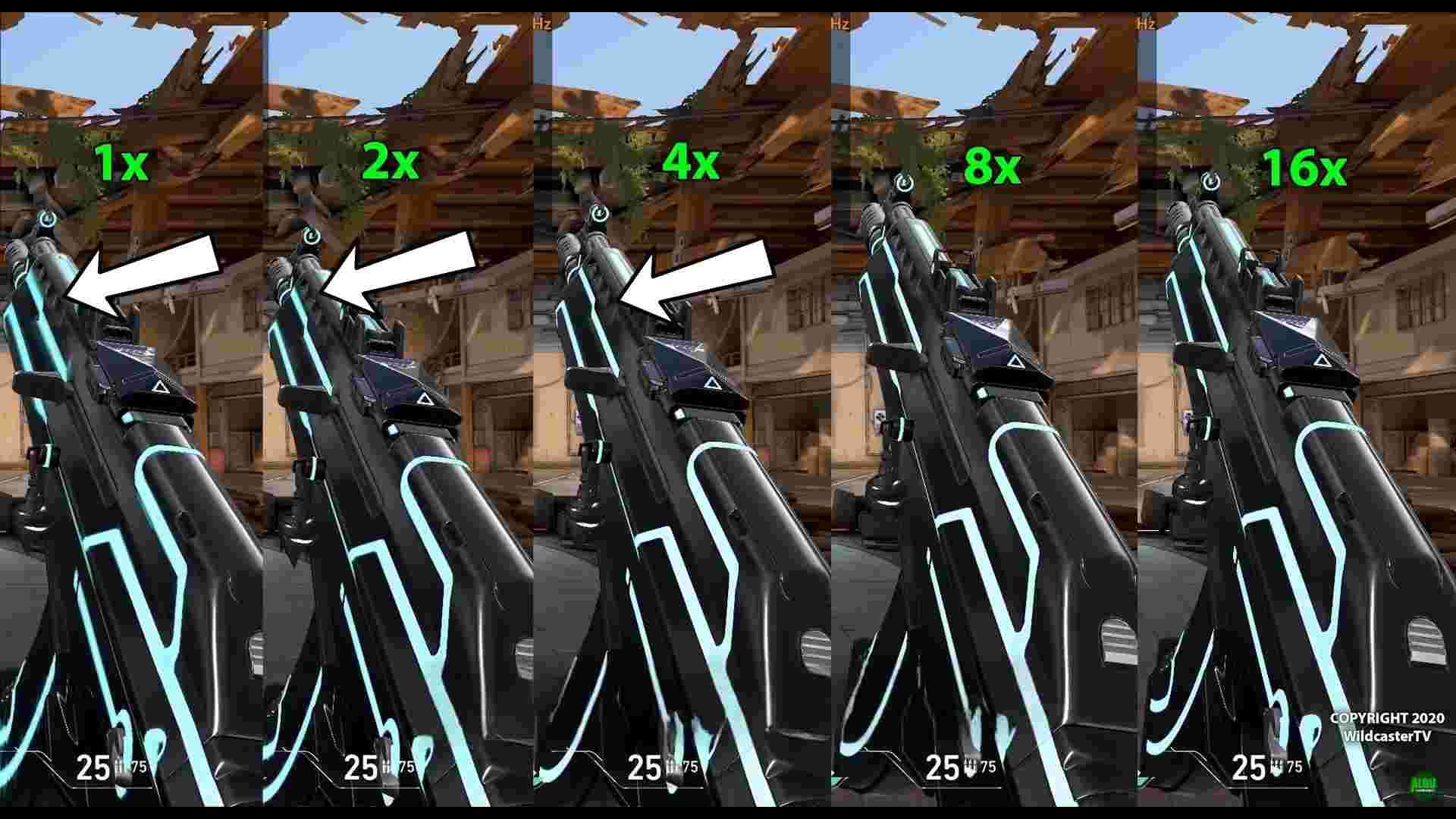With one sentence we can say anisotropic filtering improving the quality of textures on object viewed in slanted angles. For ensure realistic and immersive gaming experience anisotropic filtering plays a good role. These are some facts about what anisotropic filtering, mechanism of AF is and why it’s need for modern gaming graphics. First of all let see how textures work in gaming graphics. Textures are called as images that are 2D in line with the surface of a 3D object. Anisotropic filtering is a technique used in gaming graphics to adjust the texture of objects in the environment based on the angle at which they are viewed. It does this by sampling texture information from a larger area surrounding the pixel being rendered, resulting in a more realistic, smoothed and detailed representation of the object when viewed from oblique angles. Modern games have different level of anisotropic filtering that can be adjusted in the game’s graphics settings, this consumes more processing power from the computer in order to increase the quality. Obviously that the players with more powerful pc specs can enjoy better visual quality with higher levels of anisotropic filtering, while those with low specs pc’s may need to lower down the AF level quality for smoother gameplay. Anisotropy level will say the angle that textures going to be filtered. By combining technologies like Antialiasing with the anisotropic filtering can give players high quality gaming experience.
Anisotropic Filtering Levels
Already we know anisotropic filtering levels shows the quality of the smoothing effect applied to textures. But considering about its levels it measured by multiples of two e.g., 2x, 4x, 8x, 16x).If higher the value means the greater the smoothing effect applied to textures, and the higher the visual quality of the resulting image. Pc hardware performance, optimization settings in a particular game and player’s personal preferences will be the key factors which anisotropic filtering depends on. For average type of GPU it’s better to use lowest level or completely turned off this feature because it will directly impact the performance. In general, it is better to start with the lowest level of anisotropic filtering and gradually increase it until you find the level that provides the best balance of image quality and performance for your hardware and preferences. Other than gaming if you are using 3D modeling software to improve the visual quality of textures in 3D applications AF will come handy.

Image Source : ALBU Performance
Does Anisotropic Filtering Affect FPS (Frames per Second)
Yes it has small impact for FPS. When anisotropic filtering is enabled, the GPU has to perform some additional computations to smooth textures as they are viewed from different angles. If your graphic card is modern one the impact is super small. But for old graphics hardware’s it can causes can cause a slight reduction in performance. This figure will give some idea about how FPS deviate with anisotropic filtering levels.
Image Source : ALBU Performance
Is Anisotropic Filtering is Worth to Enable in Gaming
Finally key takeaway here is the impact for the performance causing by anisotropic filtering is minimal in modern GPUs. So there is little downside to enabling it in most cases. But if you experiencing reduction of the performance in the game, it’s better to disable it to improve FPS. Overall AF can be very useful to enhancing texture quality in the settings in modern era games this is a compulsory feature.
Difference Between Antialiasing and Anisotropic Filtering
To reduce pixelate edges and smooth out curves and diagonal lines in images is the main idea behind antialiasing. By adding extra pixels covering the edges image to smooth out the jagged edges. When it comes to anisotropic filtering techniques it mostly concerning about improving the quality of textures in a 3D scene. When a texture is applied to a surface at an angle, it can become distorted, causing it to appear blurry or pixelated. Both these techniques are compulsory parts that using together to maintain the increase the quality of images in modern gaming and other applications.
Also watch video to enable Anisotropic Filtering for any game